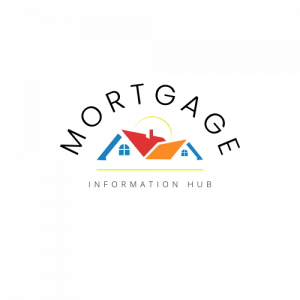
Conveyancing is the legal process of transferring property ownership from the seller to the buyer. It involves various stages and legal paperwork to ensure a smooth and lawful transaction.
Conveyancing is typically carried out by a qualified conveyancing solicitor or a licensed conveyancer. They act on behalf of the buyer and handle all legal aspects of the property purchase.

Written in August 2023 by:
Sam Chester
Once you’ve found a property you want to buy, the first step is to instruct a conveyancing solicitor. They will represent you throughout the process, ensuring your interests are protected.
The solicitor will draft the contract of sale and send it to the seller’s solicitor. They will also raise enquiries to gather essential information about the property, such as boundaries, fixtures, and any ongoing disputes.
Though not a legal requirement, arranging a property survey is highly recommended. It helps identify any hidden issues with the property, giving you the chance to renegotiate the price or withdraw from the purchase if significant problems are found.
Your solicitor will carry out property searches, such as local authority, environmental, and water authority searches. These searches provide vital information about the property and the area it is situated in, including potential planning restrictions or environmental risks.
If you’re obtaining a mortgage to finance the purchase, your solicitor will work with your lender to ensure all necessary paperwork is completed. They’ll verify the terms of the mortgage offer and handle the funds for the transaction.
Before the exchange of contracts, it is essential to arrange buildings insurance for the property. This protects both you and the lender in case of any damage to the property’s structure.
Once all legal checks and searches are complete, and both parties are satisfied, you will sign the contract. This commits you to the purchase and sets a date for completion.
On the exchange day, both parties’ solicitors will swap signed contracts, making the sale legally binding. At this stage, you’ll typically pay a deposit (usually 5-10% of the property price) to the seller’s solicitor.
During this period, your solicitor will finalise the transfer of funds and arrange for the property’s transfer of ownership. Any credit checks you make during this time could potentially impact your mortgage application.
On completion day, the balance of the purchase price is transferred to the seller’s solicitor. Once received, you will receive the keys to your new property, and the transaction is complete.
Conveyancing is a complex but crucial process that ensures a secure property transaction. Hiring a professional and experienced conveyancer will greatly simplify the process and provide you with peace of mind throughout the journey of becoming a homeowner.
Appoint a conveyancer, Instruct local searches, Obtain a property survey, Draft contract
Approximate Time: 2 weeks
Gather necessary documentation, Apply for a mortgage, Await lender’s decision
Approximate Time: 4 weeks
Review survey report and local searches, Address any outstanding questions or issues.
Approximate Time: 2-10 weeks
Finalise funds transfer and paperwork, Prepare for completion day
Approximate Time: 1 week
Sum of all the above stages
Approximate Time: 12-16 weeks
Please note that the timeframe provided for each stage is approximate and can vary depending on various factors, including the complexity of the transaction, responsiveness of involved parties, and any unexpected delays.
It’s essential to stay in communication with your conveyancer throughout the process to stay informed about progress and any potential changes in timelines.

We’re like human search engines, but with a side of humour!
So ask away, and we’ll sprinkle some laughter into your answers! No silly questions, only hilarious responses allowed!

The content within this article is as accurate as the date it was written. To ensure the most up to date information, you should consult with one of the experts that we work with as every lender and their polices are different and can be changed or amended without notice.
This website is for information only and does not constitute financial advice. Our mortgage advisers are all fully qualified to provide mortgage advice in accordance with the Financial Conduct Authority (FCA) regulations. We only exclusively operate with businesses that are authorised and regulated by the FCA. All advice offered will be unique to your individual circumstances.
Some Buy to Let mortgages are not regulated by the FCA. You should carefully consider securing other debts against your home. If you do not keep up your mortgage repayments, your home may be repossessed. Equity released from your home will also be secured against it.

Ready to join the party?
Give us a ring-a-ding!
We're thrilled to hear from you! Whether it's a question, a suggestion, or just a friendly chat, we're all ears!
Calling us is like a direct line to awesome-ness! Our team is here to make your day brighter!
Don't be shy, let's talk and have a blast together!

🌟 We're here to assist you every step of the way in finding the perfect broker for your needs.
Simply fill out the form below, and our knowledgeable team will serve as your trusted mortgage guides.
Now, let's lighten the mood with a mortgage-related joke:
Why did the mortgage broker bring a ladder to work?
Because they wanted to reach new heights in finding the best deals! 😄🏠